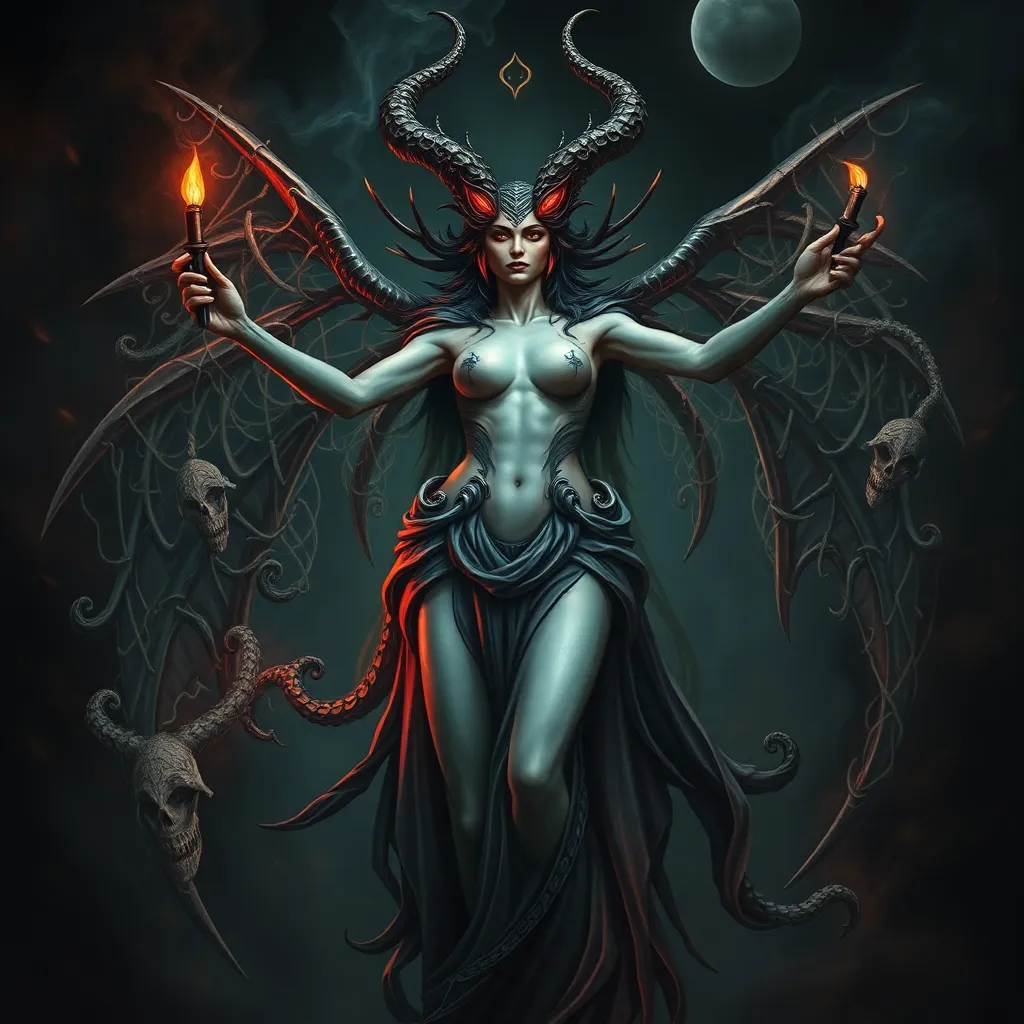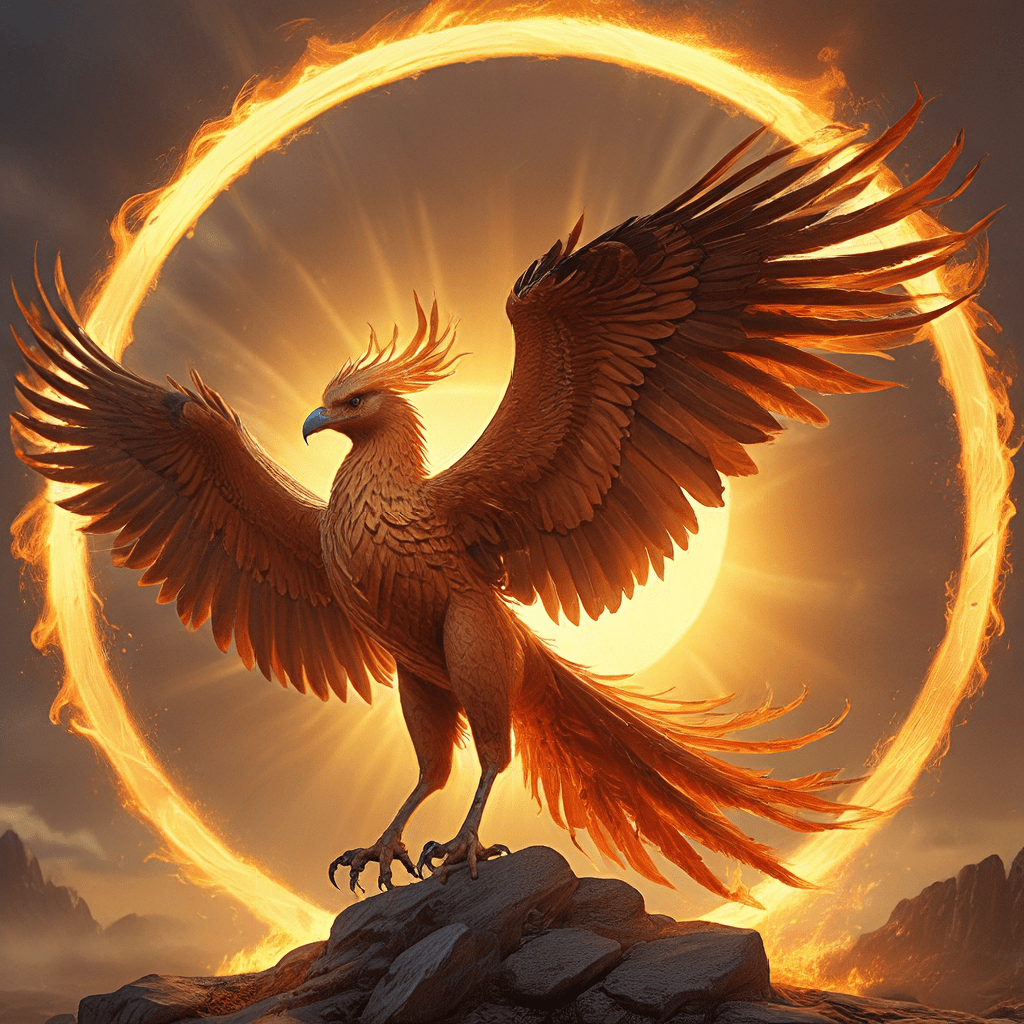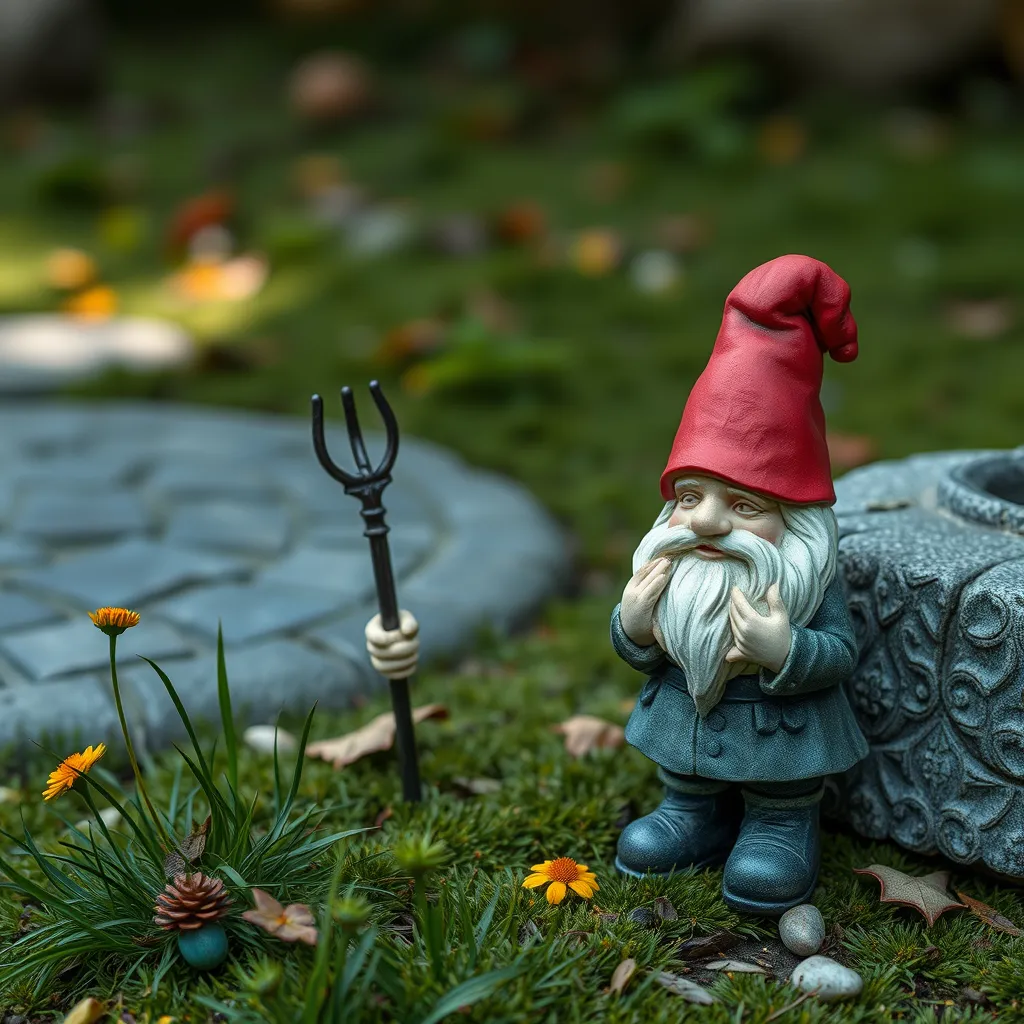The Hauntings of the Haunted House: The Vengeful Spirits of the Victorian Era
I. Introduction
The Victorian era, spanning from 1837 to 1901, was a time of great change and upheaval in Britain. It was also a period marked by a deep-seated belief in the supernatural. Ghost stories flourished, reflecting societal fears and the complexities of human emotion. Haunted houses became a significant aspect of Victorian culture, often serving as a backdrop for tales of revenge, loss, and longing. This article aims to explore the vengeful spirits that haunt these storied houses, uncovering the cultural significance and historical context behind these spectral tales.
II. The Historical Context of the Victorian Era
The Victorian era was characterized by dramatic social and cultural shifts. The Industrial Revolution transformed society, leading to urbanization and changes in class structure. The rise of the middle class brought new opportunities and, simultaneously, new anxieties. During this time, a fascination with the afterlife emerged, fueled by:
- The increasing impact of the Industrial Revolution, which brought both progress and alienation.
- The devastation of wars and the rampant spread of diseases, such as cholera and smallpox, which led many to ponder mortality.
- Social upheaval, including the struggles of the working class and the women’s suffrage movement, which contributed to a sense of unrest.
These factors laid the groundwork for an increased interest in spiritualism and the afterlife, as people sought to connect with those they had lost.
III. Characteristics of Victorian Hauntings
Victorian ghost stories often shared common themes, reflecting the fears and desires of the time. The characteristics of these hauntings can be categorized as follows:
- Common Themes: Many stories centered around unfulfilled desires, unresolved conflicts, and the quest for justice.
- Types of Spirits: Spirits were often classified as:
- Vengeful Spirits: These ghosts sought retribution for wrongs done to them during their lives.
- Tragic Spirits: Haunting due to their untimely deaths or unfulfilled lives.
- Protective Spirits: These entities were believed to watch over the living, often linked to familial connections.
- Symbolism: Haunted houses were often seen as representations of the human psyche, embodying fears of death, madness, and the unknown.
IV. Notable Haunted Houses of the Victorian Era
Several locations became infamous for their hauntings during the Victorian era. These houses not only served as settings for ghost stories but also as cultural symbols of the time:
- The Tower of London: Once a royal palace, this historic site is known for its numerous ghost stories, including that of Anne Boleyn, who is said to haunt the grounds seeking justice.
- The Winchester Mystery House: Built by Sarah Winchester, this mansion is filled with peculiar architectural features and is rumored to be haunted by the spirits of those killed by Winchester rifles.
- Highgate Cemetery: This Victorian cemetery in London is famous for its eerie atmosphere and reports of ghostly apparitions, including that of a vampire-like figure.
These haunted houses have inspired countless tales and continue to play a role in popular culture and folklore.
V. Case Studies of Vengeful Spirits
Exploring specific vengeful spirits unveils the rich tapestry of human emotions embedded in these ghost stories. Notable examples include:
- The Ghost of Lady Jane Grey: Executed in 1554, her spirit is said to roam the Tower of London, seeking solace.
- The Brown Lady of Raynham Hall: This famous apparition is believed to represent Lady Dorothy Walpole, who is said to haunt her former home, filled with sorrow and vengeance for her betrayal.
- The White Lady of Waverley Abbey: A tragic figure often associated with lost love, she is said to appear at twilight, mourning her fate.
Reports from residents and visitors recount chilling encounters, revealing how these stories reflect societal fears and grievances, such as the struggles of women in a patriarchal society or the consequences of war.
VI. The Influence of Literature and Art
Victorian literature played a pivotal role in shaping perceptions of ghosts and hauntings. Authors like Charles Dickens and Mary Elizabeth Braddon wove ghostly tales into their narratives, influencing public fascination with the supernatural. The portrayal of ghosts in literature often included:
- Morality Tales: Ghost stories frequently served as cautionary tales, reflecting societal norms and the consequences of moral failings.
- Emotional Depth: Many stories delved into the complexities of loss, love, and regret, making the spectral encounters deeply personal.
Visual art and photography also contributed to the depiction of hauntings. Paranormal photography, in particular, gained popularity, with images of supposed ghosts captivating the public’s imagination, further embedding the concept of hauntings into the cultural consciousness.
VII. Modern Interpretations of Victorian Hauntings
Contemporary society continues to grapple with the legacy of Victorian hauntings. The fascination with ghosts has evolved but remains prevalent:
- Modern Paranormal Investigations: There is a renewed interest in exploring haunted locations, with many enthusiasts seeking to uncover the truths behind the tales.
- Historical Preservation: Efforts to preserve and restore haunted houses have increased, acknowledging their cultural significance.
- Media Representations: Television shows, films, and literature continue to explore Victorian ghosts, often blending historical fact with fiction.
This revival of interest highlights the ongoing connection between past and present, demonstrating how the supernatural continues to resonate with contemporary audiences.
VIII. Conclusion
The vengeful spirits of the Victorian era reflect a complex interplay of history, culture, and the supernatural. From the societal fears of the time to the emotional depth of ghost stories, these hauntings have left an indelible mark on our collective consciousness. As we explore these narratives, we uncover not only the stories of the spirits themselves but also the human experiences that shaped them. The fascination with these vengeful spirits endures, inviting us to ponder the mysteries of life, death, and what lies beyond.



